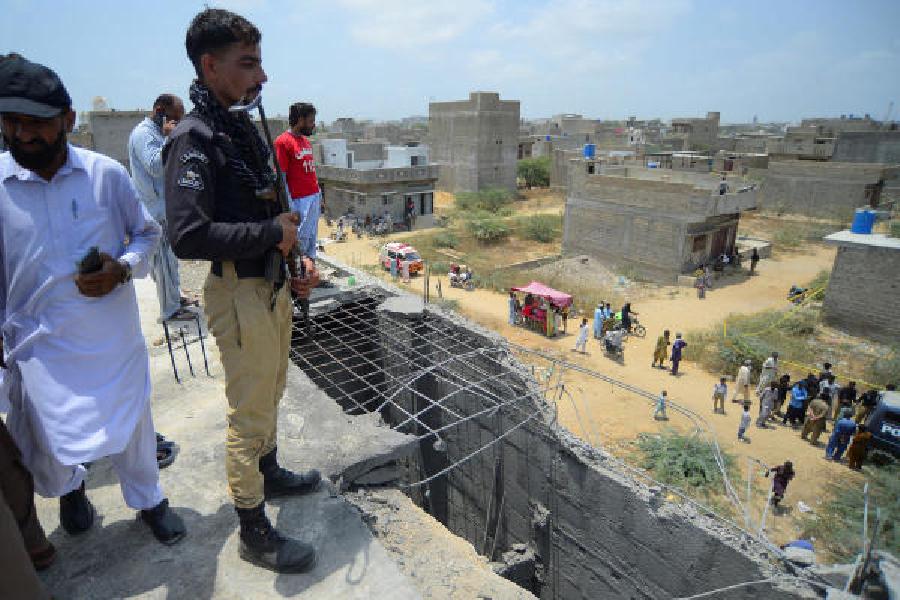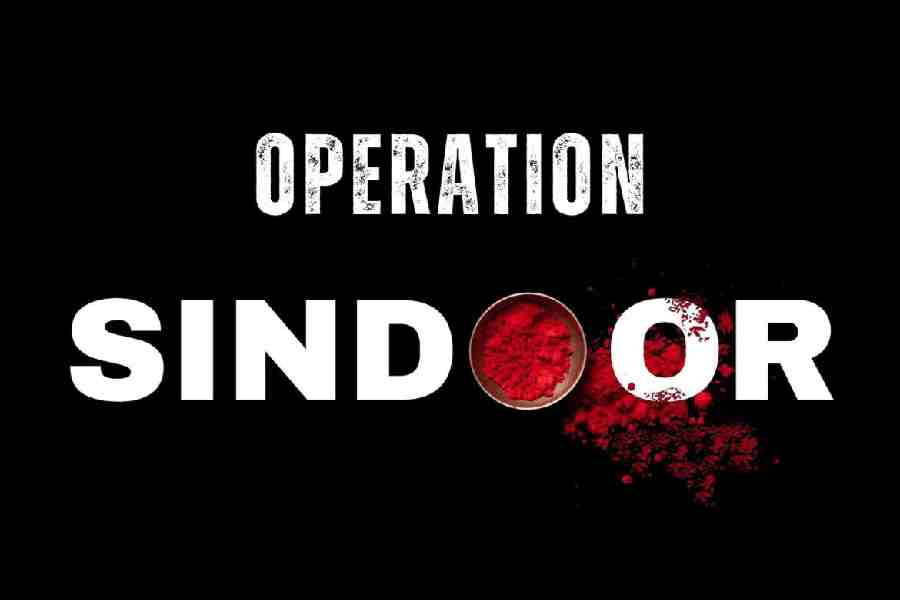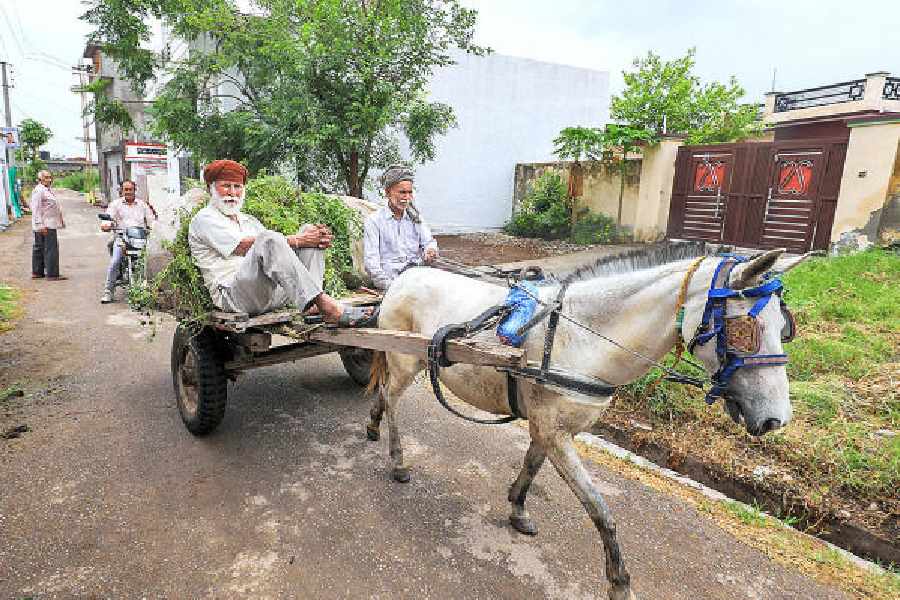 |
Calcutta, July 31: The political map of Bengal has turned from red to green with Trinamul winning 13 of the 17 zilla parishads but a closer scrutiny of the panchayat poll results and a comparison with the 2008 outcome reveal that the party’s dominance in not yet complete.
In an attempt to get a sense of the verdict, The Telegraph studied the gram panchayat, panchayat samiti and zilla parishad results, which threw up interesting findings.
The Left had also won 13 zilla parishads in 2008. Besides the similarity in the number of zilla parishads won by the victor, the poll results had some important messages for the winners — the Left in 2008 and Trinamul in 2013.
If one treats the percentage of gram panchayat seats won by the victor as a proxy for the vote share, which would be available only after a few days, the 2013 verdict should not please Mamata Banerjee.
Of the 48,800 gram panchayat seats, Trinamul has bagged 51.9 per cent, the Left 31.06 per cent and the Congress 11.1 per cent.
The Left’s share of gram panchayat seats in 2008 is not much different from Trinamul’s this time. The Left had got 52.47 per cent, Trinamul 22.59 per cent and the Congress 16.47 per cent.
The fact that the Left lost close to 48 per cent seats to the Opposition in 2008 was an indication that the combine was losing its grip over rural Bengal. The Left had won over 65 per cent of the gram panchayat seats in 2003.
The Left’s decline had started in 2008 but the percentage of gram panchayat seats it had won is more than what Trinamul got this time.
Although several local factors are at play at gram panchayat-level elections, the share of seats can be treated as an indicator of the popular mood. In this light, the 2013 results may not indicate an overwhelming support for Trinamul.
It is, however, also true that the share of gram panchayat seats — used as a proxy for vote share — cannot fully capture the big picture of the electorate’s political preference.
While most Trinamul leaders may have missed this statistic in the euphoria over the zilla parishad results, a seasoned leader said: “I don’t think the Left has done that badly as their performance at the gram panchayat level this time is more or less similar to our performance in 2008.”
Trinamul, however, has gone from strength to strength in successive elections since then, riding the anti-land acquisition protests. The Left has bled incessantly at the hustings during this period.
Given the share of gram panchayat seats, the most pertinent question in Bengal now is whether the slide in the Left’s support base has been arrested or not.
As Trinamul has dealt a heavy blow to the Left in central Bengal besides making its presence felt in north Bengal — where the fight used to be between the Left and the Congress — no senior Left leader wanted to comment on whether the Front’s slide has been arrested.
CPM state committee member and former panchayat minister Anisur Rahman had a word of caution for the ruling party. “Trinamul may have got 13 zilla parishads but the base-level indicators don’t appear to be encouraging for it in the days to come,” Rahman said.
Not just at the gram panchayat level, Trinamul’s performance in the upper-most tier of the panchayat system — the zilla parishad — reveals that the ruling party has not done any better than the Left in 2008.
The only tier where Trinamul’s 2013 performance is better than the Left’s in 2008 is the panchayat samiti.
“The panchayat samitis bridge the gap between the zilla parishads and the gram panchayats. So, the absence of total domination at all levels would mean that the base-level people (gram panchayat voters) are not happy,” Rahaman said.
One cannot wish away Rahaman’s views as his party has been experiencing the impact of dissatisfaction at the lower level since the 2008 rural polls.
According to a Trinamul general secretary, Rahaman’s views could be true to a certain extent as the ruling party lost gram panchayat, panchayat samiti and zilla parishad seats in North and South 24-Parganas this time.
“It seems there may have been failure in delivering services at the ground level — be it drinking water supply or rural road construction or arrangement of caste certificates. So we suffered. There was anti-incumbency at the lowest level,” the Trinamul leader added.









